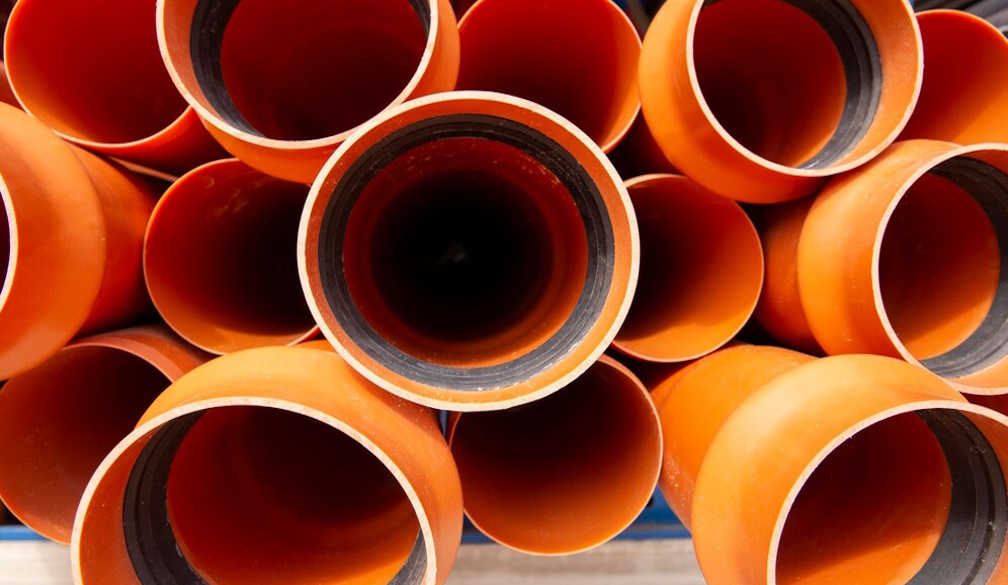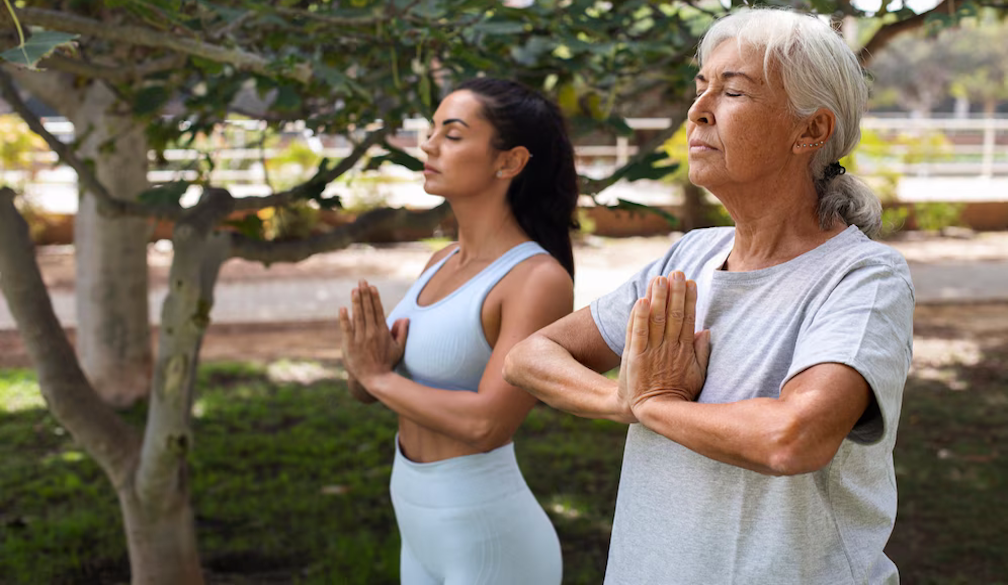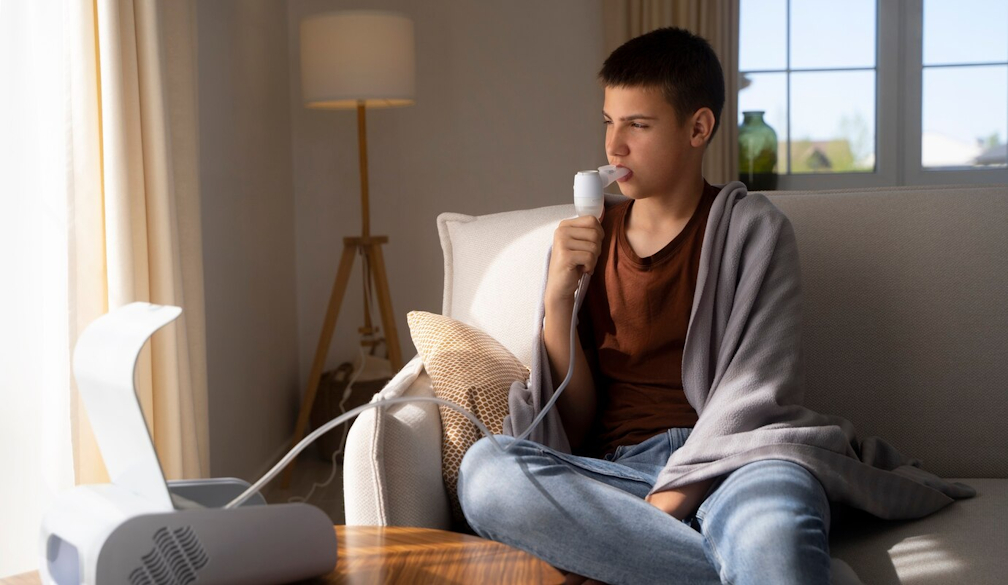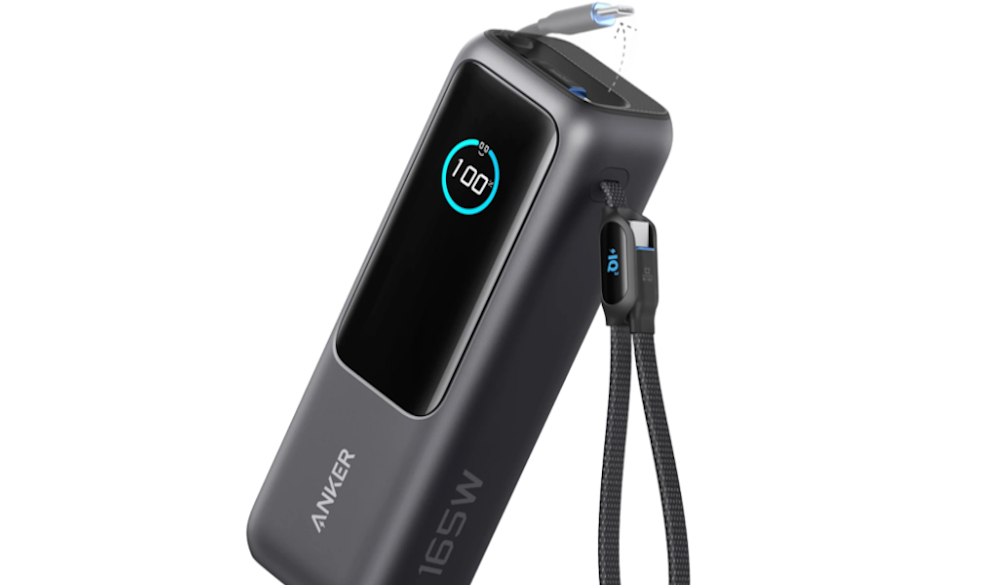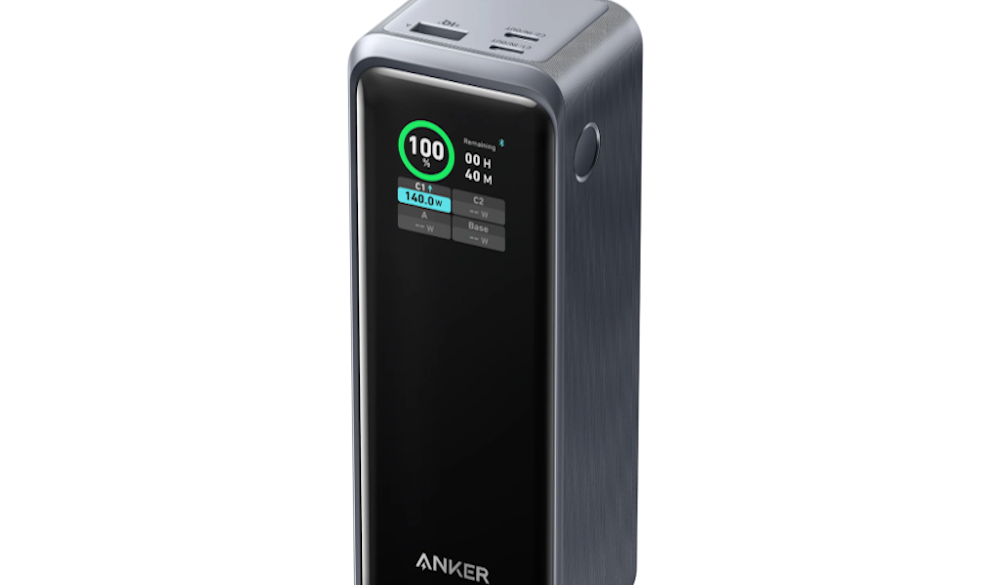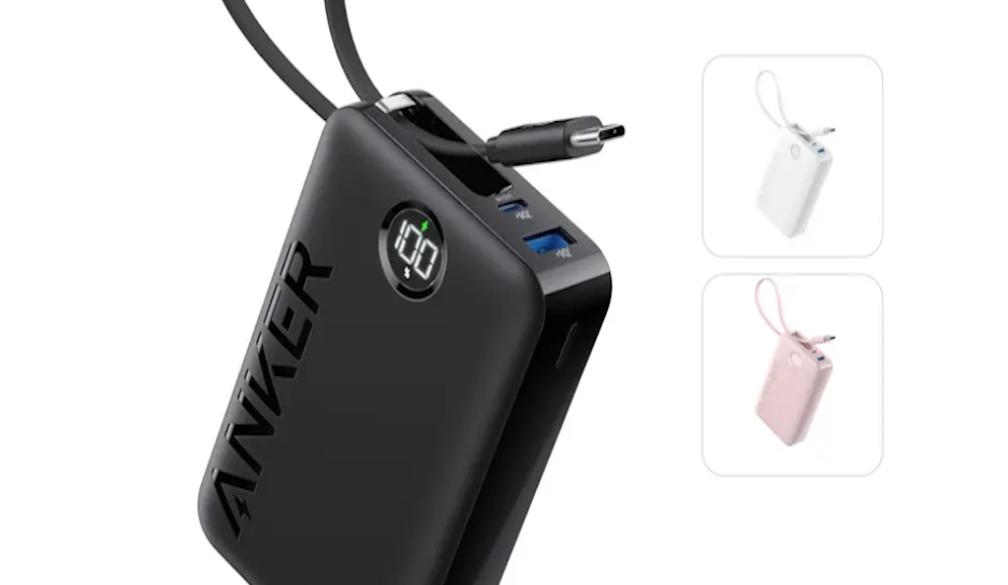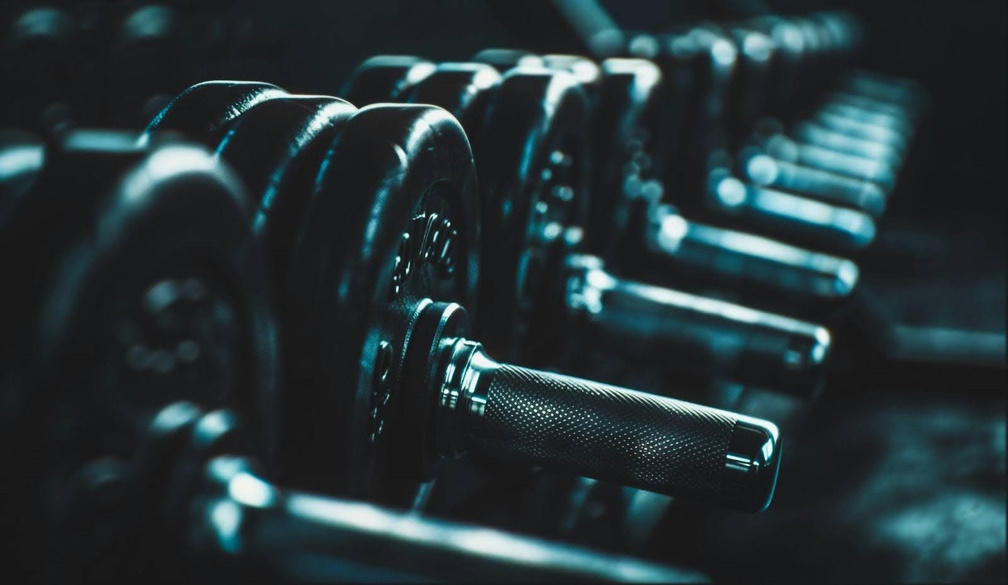Here's the proof we need. Many more health workers than we ever thought are catching COVID-19 on the job
- Written by Alicia Dennis, Associate Professor MBBS, PhD, MPH, PGDipEcho, FANZCA, University of Melbourne
Yesterday, the Victorian government released much-anticipated figures showing the proportion of the state’s health-care workers who caught COVID-19 at work.
Victoria’s chief medical officer Andrew Wilson said yesterday that 70-80% of health workers testing positive to COVID-19 were infected at work. That’s compared with 22% in the first wave.
That figure, which equates to at least 1,600 people infected in the workplace, is shocking and tragic. This is because occupational exposure of health-care workers to SARS-CoV-2, the virus that causes COVID-19, represents a failing of hazard control in many workplaces — across multiple locations, in hospital and in aged care.
We also need to acknowledge this problem is fundamentally an occupational health and safety issue rather than simply an infectious disease problem. This means experts in occupational health and safety need to be intrinsically involved in recommendations and guidance to government and employers.
What else did the report find?
The report found infection of health-care workers was greatest in areas where there were many patients with COVID-19 being cared for together (known as “cohorting”), and where health-care workers congregated, such as tea rooms.
Other contributing factors were the increased risk associated with putting on and taking off (donning and doffing) personal protective equipment (PPE), staff moving between health-care facilities, and poor ventilation systems with inadequate air flow.
The report tells us health-care workers in aged care accounted for around two in five infections, and hospital workers around one-third.
However, further details were not provided. These include the actual number of health-care workers infected at work, and a detailed breakdown of the category of health-care worker infected, as well as their age ranges and gender.
We also don’t know the severity of health-care worker infections (number of people who are or have been hospitalised, in ICU, or died).
How big a problem is this?
The number of health-care workers infected with COVID-19 in Victoria has reached 2,799. That makes a seven-day average of 43 new cases each day.
This means that while the state’s total number of new cases continues to decline, health-care worker infections make up around 30% of new cases each day.
Controlling the number of new health-care worker infections is essential, not only for health-care workers but for the sustainability of our health-care system, and to reduce the overall number of cases.
Read more: Rising coronavirus cases among Victorian health workers could threaten our pandemic response
As the total number of health-care worker infections has risen, key groups representing doctors and nurses have called on the government to produce data on the number of health-care workers infected at work and a breakdown of the data by health-care worker type, age, location and severity.
Yesterday the government released its keenly awaited analysis.
What should we do about it?
In light of the report, the Victorian government has established a new health-care worker infection prevention and well-being taskforce.
This is an important step forward and hopefully includes representation from all expert groups, especially occupation health and safety exerts.
Data from earlier in the year, and indeed prior experiences with SARS (severe acute respiratory syndrome), have already given us a blueprint for how to protect health-care workers today.
The blueprint includes implementing a system of hazard control measures (called a hierarchy of control model) in all health-care settings using experts in the field of occupational health and safety, including occupation hygienists.
The government report also outlines plans to develop ventilated and heated marquee-type tents for workers to have their tea breaks in, which is also good news. This recognises the contribution poor air flow makes to the transmission of SARS-CoV-2.
The planned introduction of PPE “spotters” in workplaces is also positive but further details are needed to understand exactly what they will do.
This will hopefully reduce staffing pressure in the workplace and ensure correct donning and doffing of PPE.
What about ‘fit testing’ respirators?
The report also included the surprising announcement that the government was going to undertake a fit-testing trial of respirators.
Testing that respirators, such as N95 face masks, fit and that staff are trained to use them are essential parts of workplace safety, in any industry. It is required as part of Australian standard AS 1715.
Read more: PPE unmasked: why health-care workers in Australia are inadequately protected against coronavirus
So, there is no need to trial fit testing. This is clear from experience in other industries where workers are exposed to hazards such as asbestos or dangerous laboratory fumes.
What is needed is immediate implementation of fit testing and training so health-care workers can be assured their masks fit correctly and do not allow the virus in. This is especially important for females, with many reporting the standard respirator size does not fit properly.
The government needs to do more
The government’s report acknowledged the likelihood of aerosol spread as a mechanism for the transmission of SARS-COV-2. So it has engaged the Victorian Health and Human Services Building Authority to conduct a study aimed at investigating aerosols and their spread on surfaces.
We do not have to wait for the results of this research. The government can act now and take the next step and immediately change its guidelines for PPE for health-care workers.
Read more: Is the airborne route a major source of coronavirus transmission?
The Victorian PPE guideline for health-care workers still does not recommend universal PPE designed to protect health workers from aerosols when caring for COVID-19 suspected or positive patients.
The guidelines instead recommend PPE to protect against droplet transmission (such as surgical masks), even in the situation where a person with COVID-19 is severely coughing.
Disappointingly, national guidance still remain unchanged regarding its advice for health-care workers caring for COVID-19 suspected or positive patients. It too does not recommend universal aerosol precaution PPE (including respirators) when health-care workers care for patients with COVID-19.
These guidelines need to be urgently updated to protect health-care workers.
There is also an urgent need for a comprehensive, publicly accessible state and national registry of health-care worker infections that provides regularly updated disaggregated data about health-care worker infections.
This is essential so the magnitude of the problem can continue to be addressed and immediate preventative strategies put in place.
Finally, now the problem of occupational exposure of health-care workers to SARS-CoV-2 has been acknowledged, we must make all these changes immediately.
Read more: Goodbye, brain scrapers. COVID-19 tests now use gentler nose swabs
Authors: Alicia Dennis, Associate Professor MBBS, PhD, MPH, PGDipEcho, FANZCA, University of Melbourne




